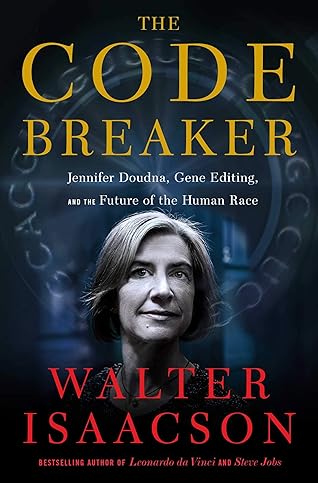More on this book
Community
Kindle Notes & Highlights
Read between
May 1 - June 27, 2023
One of the transformations wrought by the coronavirus pandemic is that more meetings in the future will be done virtually. It’s a shame. If COVID doesn’t kill us, Zoom will.
Nevertheless, there will be an upside to the fact that the coronavirus has expanded how we work together and share ideas. By hastening the Age of Zoom, the pandemic will broaden the horizons of scientific collaboration, allowing it to be even more global and crowdsourced.
Molecules are becoming the new microchips.
The sense of urgency about COVID also brushed back the gatekeeper role played by expensive, peer-reviewed, paywall-protected scholarly journals such as Science and Nature. Instead of waiting months for the editors and reviewers to decide whether to publish a paper, researchers at the height of the coronavirus crisis were posting more than a hundred papers a day on preprint servers, such as medRxiv and bioRxiv, that were free and open and required a minimal review process.
Most of us someday will have detection devices in our home that will allow us to check for viruses and many other conditions. We will also have wearables with nanopores and molecular transistors that can monitor all of our biological functions,
People of my generation became fascinated by personal computers and the web. We made sure our kids learned how to code. Now we will have to make sure they understand the code of life.
I now see the promise of CRISPR more clearly than the peril. If we are wise in how we use it, biotechnology can make us more able to fend off viruses, overcome genetic defects, and protect our bodies and minds.


